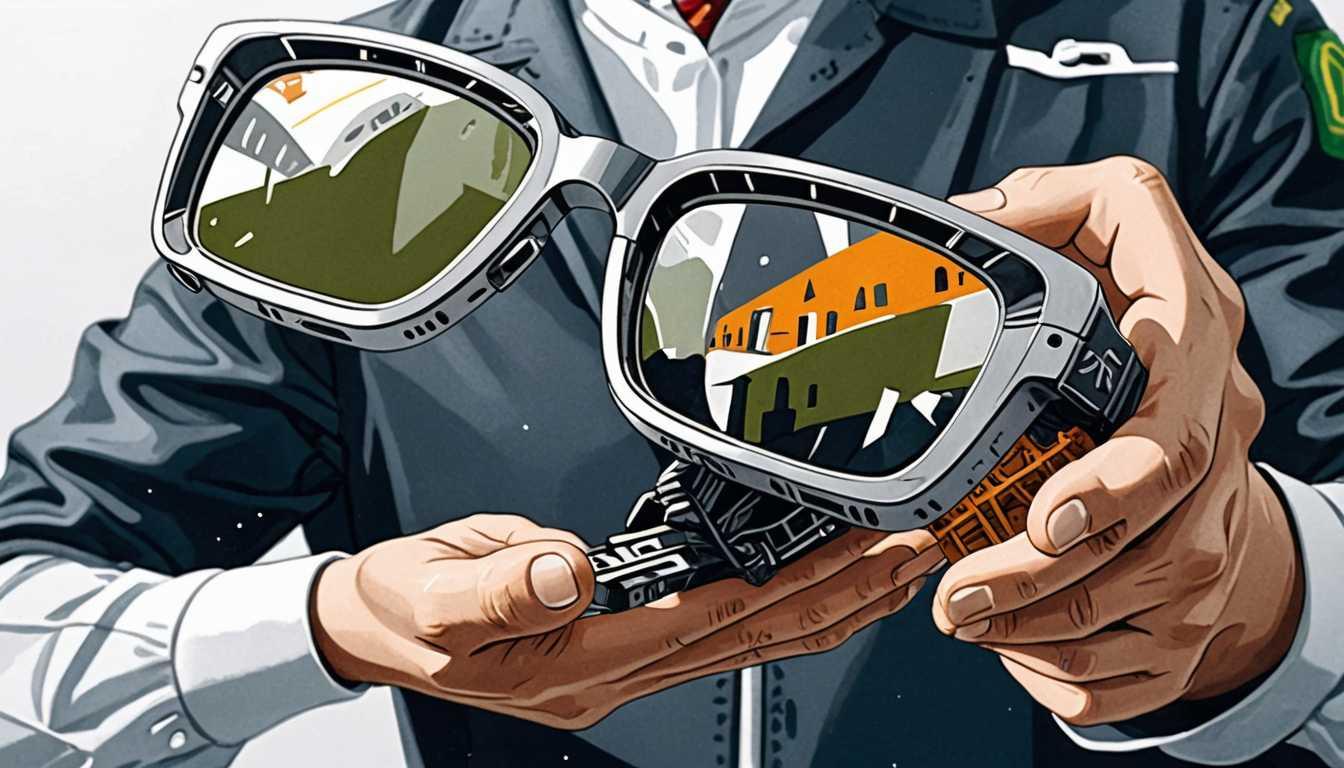Olli: Revolutionizing Data Accessibility
October 2023
Massachusetts Institute of Technology (MIT)
Introduction
Dive into the world of tech and design with MIT's latest breakthrough: a software named Olli, making online graphics a breeze for blind users. Imagine infographics that speak to you, detailing every bit of data with the finesse of a storyteller. Led by the ingenious Jonathan Zong and his team, this innovation isn't just about accessibility—it's about transforming how we experience data, one chart at a time. Ready to see graphics in a whole new light? Check out this eye-opening read from MIT.
READ FULL ARTICLEWhy It Matters
Discover how this topic shapes your world and future
Unveiling the Hidden World of Data
Imagine you’re trying to enjoy your favorite book, but instead of text, there are only pictures that you can’t see. Frustrating, right? This is a daily reality for millions of blind and visually impaired people when they encounter graphics online. Graphics like charts and maps pack a punch by delivering complex data in a digestible form, but for those who can’t see them, this data is locked away. The quest to make these graphics accessible is not just about fairness; it’s about empowering everyone with knowledge. By improving accessibility, we’re opening doors to education, participation, and innovation for all. This matters to you because, in a world that’s increasingly driven by data, ensuring everyone can access this information is crucial for building an inclusive society. Plus, who knows? The solutions we find here could lead to even cooler advancements in how we all interact with technology.
Speak like a Scholar
Alt Text
Short for "alternative text," it’s a description of an image on a website that screen readers can speak out loud, helping blind users understand what the image is about.
Screen Reader
A software program that helps blind or visually impaired users interact with computers by reading the text displayed on the screen aloud.
Granularity
The level of detail. In data, high granularity means very detailed information, while low granularity refers to more general, summarized data.
Hierarchical Structure
A way of organizing information or data that’s arranged in a ranked order from the most general (top) to the most specific (bottom).
Multi-Sensory Software
Programs that engage more than one of the user's senses, such as combining visual, auditory, and tactile (touch) feedback.
Sonify
To convert data into sound. This can help people understand data trends through auditory cues instead of visual ones.
Independent Research Ideas
Exploring the Impact of Multi-Sensory Software on Learning
Investigate how using software that engages sight, sound, and touch can enhance learning for people with and without visual impairments. This could uncover new methods for teaching complex subjects.
The Psychology Behind Alt Text Interpretation
Dive into how people interpret alt text descriptions of complex images and what this means for the effectiveness of alt text in conveying the intended message.
Innovations in Tactile Data Representation
Explore the development and effectiveness of tactile tools (like raised maps or 3D models) for conveying graphical data to blind users. This could lead to breakthroughs in educational materials for the visually impaired.
The Role of Sound in Data Visualization
Investigate how different sounds (pitch, volume, rhythm) can represent various types of data and trends. This could open up new ways for everyone to interact with data, regardless of their visual ability.
Ethical Considerations in Data Accessibility
Examine the ethical implications of making data accessible. This includes the responsibility of content creators to include everyone and the potential privacy concerns that might arise from more accessible data formats.
Related Articles

Dance Meets AI: The Future
April 2023
Stanford University

Silent Commands: Future Eyewear Unveiled
April 2023
Cornell University

Nightshade: Artists' Digital Rebellion
October 2023
MIT Technology Review

Nightshade: Artists' Secret Weapon
October 2023
MIT Technology Review

Innovating with AI: Andrew Ng's Journey
September 2023
MIT Technology Review